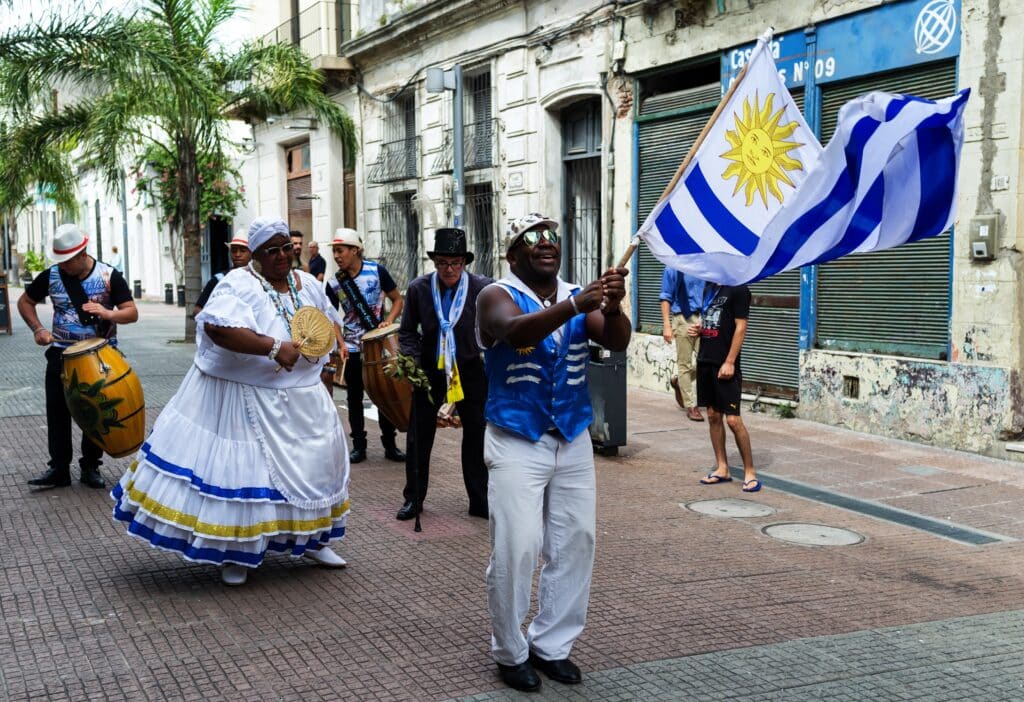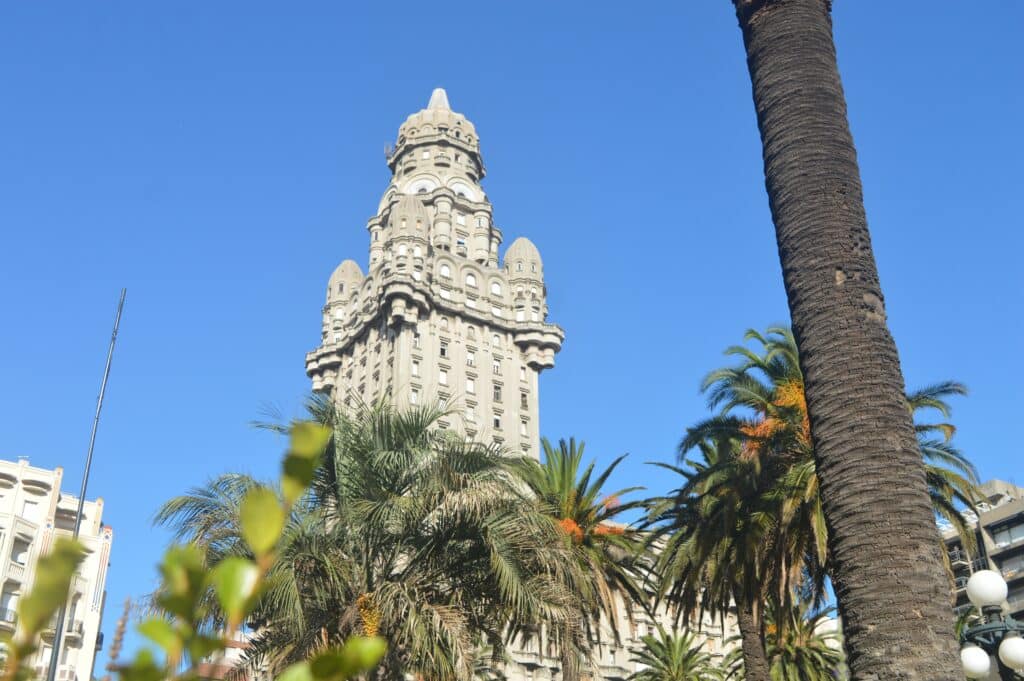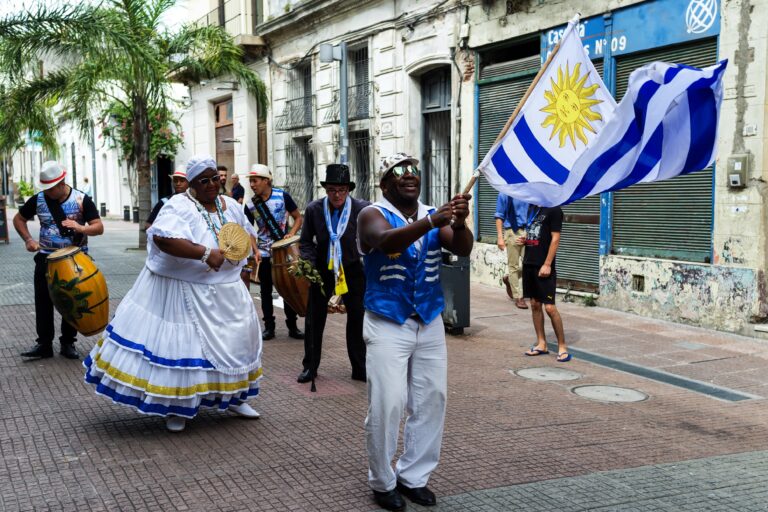The official currency of Uruguay is the Uruguayan peso, also known by its currency code, “UYU,” or by the symbol “$” or “$U.” The Uruguayan peso is issued by the Central Bank of Uruguay.
Uruguayan pesos come in the form of coins and banknotes.
Coins:
- 1, 2, 5, 10, and 50 pesos
Banknotes:
- 500; 1,000; and 2,000 pesos

5 Facts About the Uruguayan Peso
Many different countries, particularly in Central and South America, call their currencies “pesos,” but they aren’t all the same, and they are not all valued the same, either. Here are some interesting facts you probably did not know about the Uruguayan peso.
1. It’s the fourth peso for Uruguay.
The UYU is the fourth peso currency the country has seen. In the 1830s, Uruguay used a currency called “peso fuerte,” which means “strong peso.” In the early 1900s, Uruguay introduced a new peso that was based on the gold standard. This led to a stable period for the currency until World War I.
After World War II ended, with inflation rising dramatically, the country decided to issue a new currency. The new currency was called the “nuevo peso,” which translates to “new peso.”
In 1993, responding again to runaway inflation, the government introduced the current “peso uruguayo,” or “Uruguayan peso.”
2. Some coins depict animals.
The newest coins minted in Uruguay feature native animals, such as the “mulita” (a type of armadillo), the capybara, the rhea, and the puma. On the reverse of each coin is the national shield.
3. The Uruguayan peso is manufactured outside of Uruguay.
While some countries print their own banknotes and mint their own coins locally, since 1855, Uruguay has printed its money outside of the country. Other mints and printers in Britain and even the United States create the majority of the Uruguayan Peso currency.

4. The coins’ portrait of an Uruguayan hero may be inaccurate.
In 1811, Jose Gervasio Artigas led the Uruguayan Revolution against Spain. He is considered one of the country’s greatest heroes. He has been featured on many peso coins in Uruguay — but no one is sure he really looked the way he is depicted.
There was only one painting ever made of Artigas, and he was 82 years old at the time. The image on the coins is of a much younger version of him. How he looked at the younger age was an educated guess.
5. The $U50 is rarely used.
Very few $U50 coins were ever produced. They were minted in 2011 to commemorate the 200th anniversary of the Uruguayan Revolution, led by Artigas.
The Uruguayan Peso Exchange Rate
To see the current exchange rate between Uruguayan pesos and U.S. dollars, check out today’s rate with Remitly.
About Uruguay
Uruguay is located on the Atlantic coast of South America, south of Brazil. The name “Uruguay” is derived from the Indigenous Guarani language. The country is home to about 3.5 million people, most of whom (about two million people) live in and around the capital and largest city, Montevideo.
Uruguay has been praised for having an egalitarian society, with a high per-capita income and very little extreme poverty.
Agriculture is a major part of Uruguay’s economy, employing about 13% of the country’s workforce. Tourism is also important. While visitors come from around the world, a large proportion travel to Uruguay from neighboring Argentina to enjoy the beaches and culture. Other features of Uruguay’s economy include the Port of Montevideo, an advanced telecommunications industry, and renewable energy (which produces over 97% of the country’s electricity).

Sending Money to Uruguay
You can send money to Uruguay with Remitly. New customers may be eligible for a special offer on their first transfer. If you are looking to send funds to friends or family in Uruguay, it’s never been easier.
